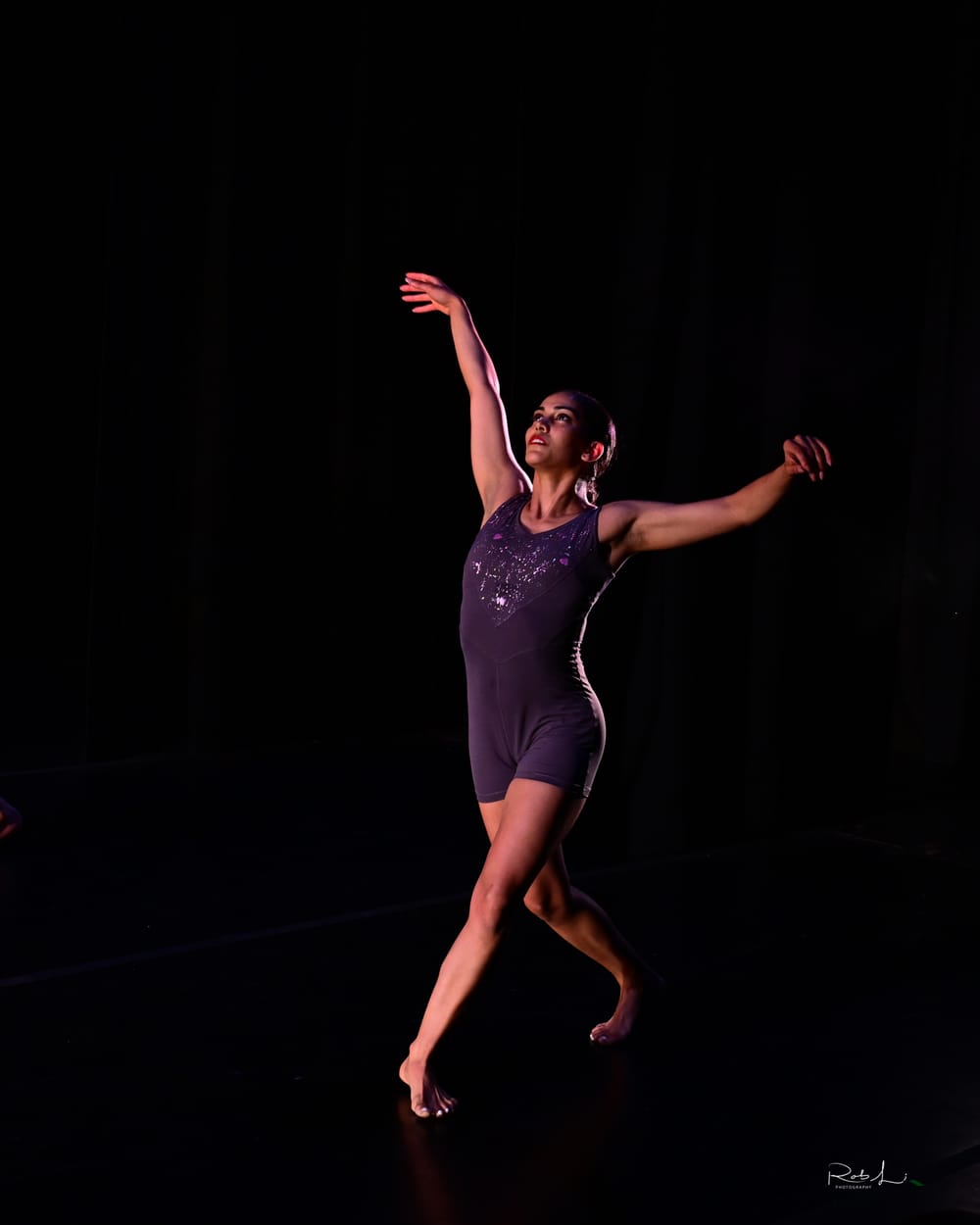Stay in the Loop
BSR publishes on a weekly schedule, with an email newsletter every Wednesday and Thursday morning. There’s no paywall, and subscribing is always free.
“A loss for Philadelphia”
UArts alums Keila Pérez-Vega and Meredith Rainey explain what the school’s closure means for Philly’s dance scene

The BFA website for the University of the Arts School of Dance describes it as “a community of 300 talented, expressive students and an exceptional faculty of world-recognized artists with expansive and far-reaching abilities and experiences.” As of July 16, the site remained up despite the school’s abrupt closure in early June. A small red banner in the top right corner announced that the university had closed, but it was easy to miss. Instead, the page emphasized its dance curriculum and passionate, accomplished faculty.
While it was open, the UArts dance program produced terrific dancers, choreographers, and dance professionals. Many of these artists remained in or near the area, which was Philly’s good fortune. Ties to UArts surely helped keep alumni nearby, as some dance graduates returned to teach and mentor. They also went on to dance professionally, often in the area. A few established their own dance companies in the city. Others became dancemakers and artistic directors who cast and hired other UArts grads.
What, then, might the UArts closure mean for dance in Philadelphia? I sat down with Keila Pérez-Vega and Meredith Rainey to hear their thoughts. Pérez-Vega has a BFA in dance from UArts and dances with Kun-Yang Lin/Dancers (KYL/D). She also handles marketing and events for Koresh Dance Company and runs the nonprofit Artsi. Rainey, whose background includes 17 years with the Pennsylvania (now Philadelphia) Ballet, was part of the first graduating class for the MFA in dance at UArts. He taught there for about 10 years (“always adjunct, though”) and has focused on choreography since the pandemic. Rainey’s Where They Meet premiered at the Kennedy Center earlier this month.
A university conservatory?
Pérez-Vega described herself as a “super-involved” UArts student, and this experience set the tone for her engagement in Philadelphia’s arts scene. She loved the curriculum designed to develop well-rounded dancers. To Pérez-Vega, UArts felt “more like a conservatory” than a university, and this made it one of a kind. Students at dance conservatories train to become performers, while those at universities generally have access to broader and more traditional college curricula.
Pérez-Vega’s point became clear when I considered the difference between the dance programs at UArts and Barnard, a private liberal arts college in New York City. Most Barnard dance majors complete a second major, as I learned during a virtual information session in April 2024. Double majoring means alternating dance performances and studio time with coursework in other disciplines, such as business, anthropology, or psychology. This was not the case for dance students at UArts, who instead focused on rigorous study of dance.
And they practiced in what Rainey called “the best studios. The spaces were so amazing.” Some of these studio windows faced Broad Street. While I never stepped inside, I loved to look up while passing by to see dancers doing port de bras and center work. The studio's location was important, too. Pérez-Vega noted that being in the middle of Philly made it easy for UArts students to participate in the culture and commerce of Center City.
A singular dance community
All of these features shaped a singular dance community. Describing it from a faculty perspective, Rainey appreciated how “UArts was unique in its makeup and student body.” This was “something I gravitated toward,” he said. Even “the building’s design fostered community” and interaction. Rainey especially enjoyed how “it was always very easy to find faculty just hanging out,” which fostered a camaraderie “really unique to UArts.” He noted that this is absent in many institutions, and he’s right.

Now that’s gone, along with the program that brought gifted dancers and teachers to the area. No one can predict what happens next, but it will not be good for Philly. “Keeping talent inside the city” is important, Rainey pointed out. Pérez-Vega observed that UArts brought together diverse students who contributed to the city’s arts scene. She called the closure “a loss for Philadelphia.”
A terrible precedent for higher education
Rainey expressed concern for students, and anger about how the UArts board and leadership handled things. I am angry too, but I’m also afraid. The sudden closure left students adrift and employees out of work, while those responsible evaded accountability or repercussions. It sets a terrible precedent in Philadelphia amidst already concerning trends in American higher education, such as corporatization, skyrocketing costs, record student debt, and political interference. And, of course, colleges and universities shutting down; it has been a cruel summer of college closures in Pennsylvania, according to the nonpartisan, nonprofit newsroom Spotlight PA.
These factors contribute to growing doubt about the value of a degree—or education itself. Meanwhile, the economy pressures students into majors based on potential earnings. Students now regard college as a means of getting a well-paying job, not an education. Reports like CNBC’s list of “worst-paying college majors” fan flames that make the arts an increasingly hard sell. But unless students pursue them despite the odds, our country’s already underfunded arts will suffer, just as Philadelphia will suffer without the University of the Arts.
At top: Keila Pérez-Vega dances in KYL/D's Breath into Air. (Photo by Rob Li.)
Sign up for our newsletter
All of the week's new articles, all in one place. Sign up for the free weekly BSR newsletters, and don't miss a conversation.

 Melissa Strong
Melissa Strong